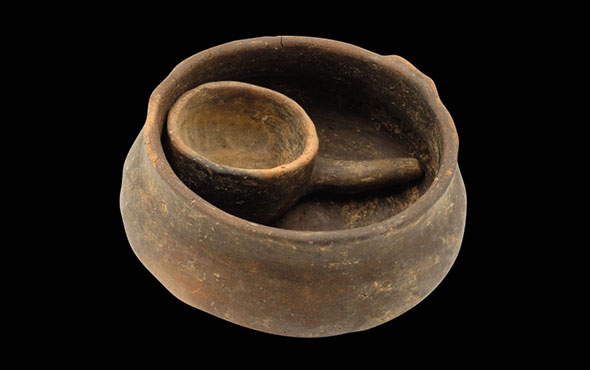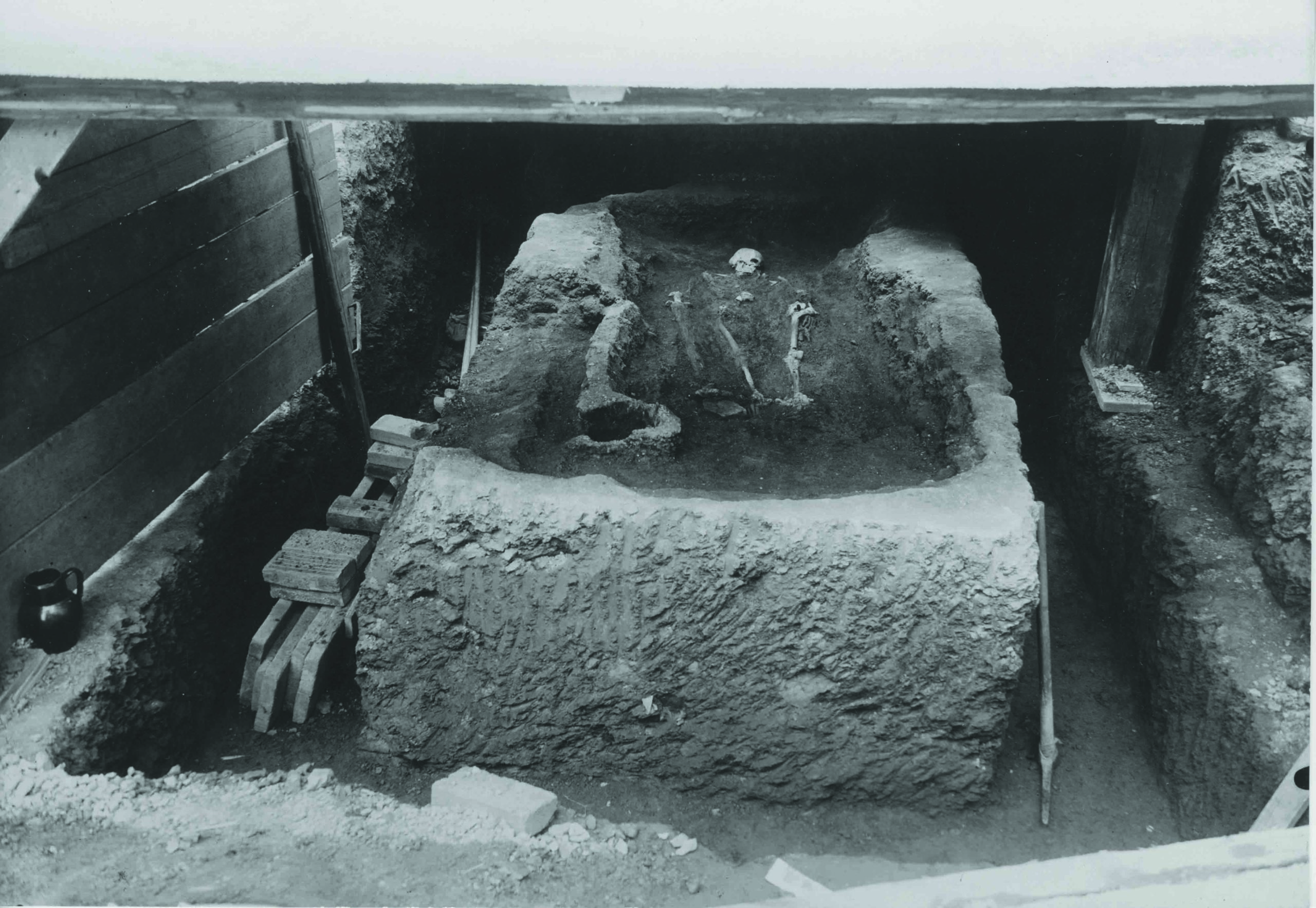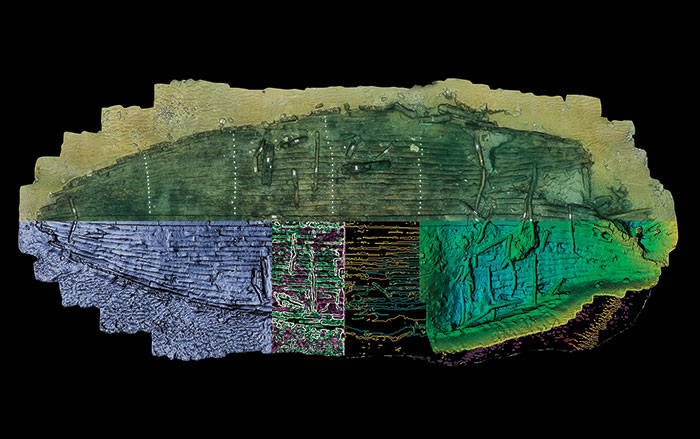
NEW HAVEN, CONNECTICUT—Science News reports that researchers led by mechanical engineer Madhusudhan Venkadesan of Yale University suggest the transverse tarsal arch, the curve across the width of the human foot, may have helped hominins to walk and run upright. The arch, which spans the foot’s metatarsal bones, stiffens it, as does the arch that runs along the inside of the foot from toes to heel. Fossils indicate that the transverse tarsal arch is thought to have evolved some 3.4 million years ago in an as-yet-unidentified human ancestor. This insight could help researchers design better prosthetics and treatments for people with flat feet, Venkadesan added. For more on bipedalism in early human ancestors, go to "The Human Mosaic."










